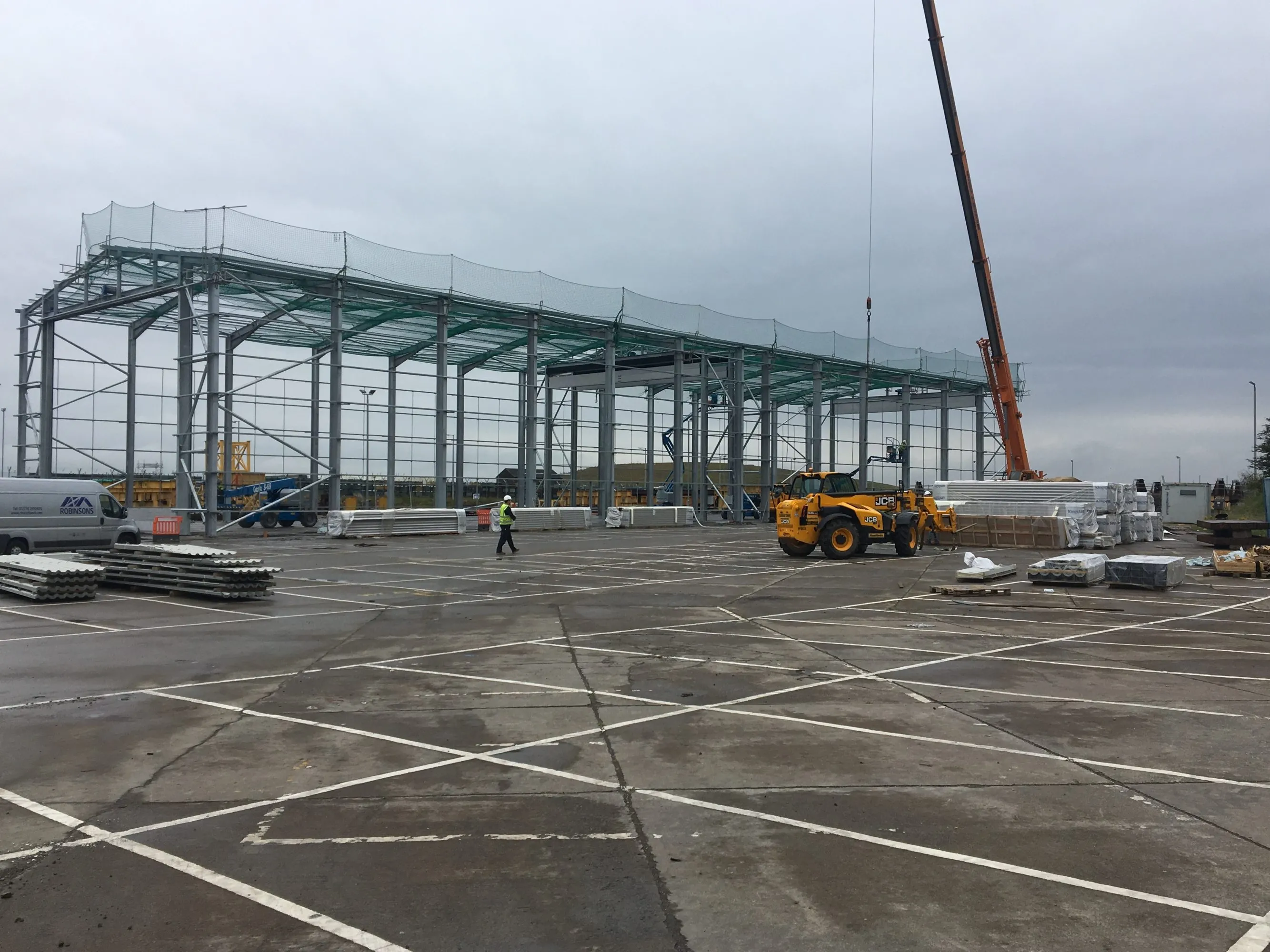- Afrikaans
- Albanian
- Amharic
- Arabic
- Armenian
- Azerbaijani
- Basque
- Belarusian
- Bengali
- Bosnian
- Bulgarian
- Catalan
- Cebuano
- Corsican
- Croatian
- Czech
- Danish
- Dutch
- English
- Esperanto
- Estonian
- Finnish
- French
- Frisian
- Galician
- Georgian
- German
- Greek
- Gujarati
- Haitian Creole
- hausa
- hawaiian
- Hebrew
- Hindi
- Miao
- Hungarian
- Icelandic
- igbo
- Indonesian
- irish
- Italian
- Japanese
- Javanese
- Kannada
- kazakh
- Khmer
- Rwandese
- Korean
- Kurdish
- Kyrgyz
- Lao
- Latin
- Latvian
- Lithuanian
- Luxembourgish
- Macedonian
- Malgashi
- Malay
- Malayalam
- Maltese
- Maori
- Marathi
- Mongolian
- Myanmar
- Nepali
- Norwegian
- Norwegian
- Occitan
- Pashto
- Persian
- Polish
- Portuguese
- Punjabi
- Romanian
- Russian
- Samoan
- Scottish Gaelic
- Serbian
- Sesotho
- Shona
- Sindhi
- Sinhala
- Slovak
- Slovenian
- Somali
- Spanish
- Sundanese
- Swahili
- Swedish
- Tagalog
- Tajik
- Tamil
- Tatar
- Telugu
- Thai
- Turkish
- Turkmen
- Ukrainian
- Urdu
- Uighur
- Uzbek
- Vietnamese
- Welsh
- Bantu
- Yiddish
- Yoruba
- Zulu
Nov . 14, 2024 23:50 Back to list
Design Principles for Warehouse Steel Structures
The design of warehouse steel structures is a critical aspect of modern construction, serving industries around the globe. Steel structures provide an effective solution for warehouses due to their strength, flexibility, and cost efficiency. This article outlines the key principles and considerations involved in designing warehouse steel structures.
1. Load Assessment
Before embarking on the design of a steel warehouse, a comprehensive assessment of the loads the structure will bear is crucial. This includes static loads, such as the weight of the building materials themselves, and dynamic loads that may arise from the storage of goods, equipment, and activities inside the warehouse. Additionally, consideration must be given to environmental loads, such as snow, wind, and seismic activity, which can significantly impact the structural integrity.
The selection of materials is pivotal in the design of steel warehouses. High-strength steel grades are often employed due to their superior properties, enabling longer spans and reduced material usage without sacrificing safety. Consideration of corrosion resistance is also essential, especially for warehouses located in harsh environments. Coatings or weathering steels can help mitigate corrosion risks, extending the lifespan of the structure.
3. Structural Configuration
The configuration of the steel structure directly influences its functionality and efficiency. Common configurations include clear-span frames and portal frames, which allow for wide open spaces without interior columns obstructing movement. This design choice not only enhances the usability of the warehouse but also improves accessibility for vehicles and equipment.
4. Cost Efficiency
warehouse steel structure design

In the context of warehouse construction, cost efficiency is paramount. Steel structures generally offer lower labor costs and faster construction times compared to traditional materials like concrete. The use of standardized steel components can further streamline the construction process, reducing both time and expenses. Additionally, the recyclability of steel makes it an environmentally friendly choice, which is increasingly important in today’s eco-conscious market.
5. Thermal Performance and Insulation
Today’s warehouses must often accommodate temperature-sensitive goods. Therefore, thermal performance is a vital consideration. Proper insulation plays a crucial role in maintaining a stable internal environment, which can lead to enhanced energy efficiency and reduced operational costs. Designers must assess various insulation materials and techniques suitable for steel structures, such as insulated panels or energy-efficient roofing systems.
6. Safety and Compliance
Ensuring safety and code compliance is a non-negotiable aspect of warehouse design. The structure must meet local building codes, which dictate minimum requirements for safety, durability, and environmental impact. Fire safety measures must also be integrated, with appropriate materials and designs to mitigate risks. Incorporating safety features such as emergency exits, adequate signage, and fire suppression systems is essential for maintaining a safe working environment.
7. Sustainability Considerations
With growing concerns about environmental impact, sustainable design practices are gaining importance. The choice of materials, energy-efficient building techniques, and the implementation of renewable energy sources, such as solar panels, can significantly reduce a warehouse’s carbon footprint. Furthermore, designing for future adaptability allows warehouses to be reconfigured based on changing needs, thus prolonging their usefulness.
Conclusion
The design of warehouse steel structures involves a blend of engineering, aesthetics, and practical considerations to create efficient, safe, and sustainable facilities. By focusing on load assessments, material selection, structural configuration, cost efficiencies, thermal performance, safety, and sustainability, designers can construct warehouses that not only meet the immediate needs of businesses but also contribute positively to the environment and the economy. As industries continue to evolve, so too will the principles guiding warehouse design, ensuring that these structures remain vital components of logistics and supply chain management.
-
How Do Prefabricated Steel Structures Transform Modern Construction?
NewsJul.14,2025
-
How Do Prefabricated Metal Buildings Redefine Modern Construction?
NewsJul.14,2025
-
How Do Prefab Insulated Metal Buildings and Steel Structures Revolutionize Modern Construction?
NewsJul.14,2025
-
How Do Pre - Engineered Steel Structures Redefine Modern Construction?
NewsJul.14,2025
-
Advancing Modular Construction with Prefabricated Metal Structures
NewsJul.14,2025
-
Advancing Industrial Infrastructure with Prefabricated Steel Solutions
NewsJul.14,2025
Products categories
Our Latest News
We have a professional design team and an excellent production and construction team.












